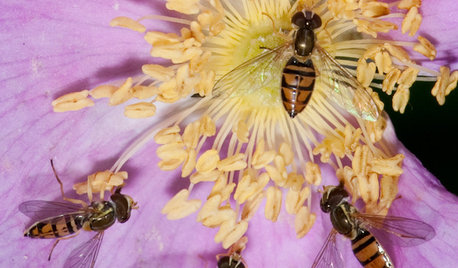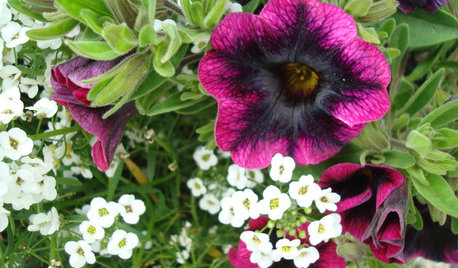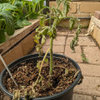Controlling Tomato Pests
pstock
18 years ago
Featured Answer
Sort by:Oldest
Comments (7)
feldon30
18 years agoRelated Professionals
Wrentham Landscape Architects & Landscape Designers · Ballwin Landscape Architects & Landscape Designers · Hershey Landscape Architects & Landscape Designers · Owings Mills Landscape Architects & Landscape Designers · Prairie Ridge Landscape Architects & Landscape Designers · River Forest Landscape Architects & Landscape Designers · Woodinville Landscape Architects & Landscape Designers · Fort Atkinson Landscape Contractors · Fort Worth Landscape Contractors · Saint George Landscape Contractors · Winchester Landscape Contractors · Annapolis Siding & Exteriors · Hamden Siding & Exteriors · Massapequa Siding & Exteriors · New Port Richey East Siding & Exteriorstomatoman
18 years agor_gebhardt_comcast_net
16 years agoCarol_Ann
16 years agofarkee
16 years agojen13
16 years ago
Related Stories

EDIBLE GARDENSSummer Crops: How to Grow Tomatoes
Plant tomato seedlings in spring for one of the best tastes of summer, fresh from your backyard
Full Story
GARDENING GUIDESOrganic Matters: Thwart Insect Pests With Trap Crops
Add a few sacrificial plants to your garden to lure insects away from the harvest
Full Story
HOME TECHSwitch On the Phone-Controlled Home
Lock your front door from afar, let your thermostat set itself and more when you use your phone as a control device
Full Story
GARDENING GUIDESTexas Gardener: What to Do in July
Beat the heat with sun-loving blooms, pest control, good lawn care and sun protection. Pick up the pace for planting and planning
Full Story
GARDENING GUIDESThis Fly Is One of the Most Beneficial Insects Around
Meet the syrphid fly, a colorful pollinator that also beats chemicals for controlling aphids and other garden pests
Full Story
EDIBLE GARDENSGarden BFFs? Why Your Vegetables Are Begging for Companion Plants
Foster friendships among plants for protection from pests, pollination support and color camaraderie
Full Story
FARM YOUR YARDHouzz Call: Home Farmers, Show Us Your Edible Gardens
We want to see where your tomatoes, summer squashes and beautiful berries are growing this summer
Full Story
GARDENING GUIDESCalifornia Gardener's June Checklist
Update your hydrangeas, catch up on tomatoes and more ways to enjoy your California garden in June
Full Story
GARDENING GUIDESPacific Northwest Gardener: What to Do in June
Now's the time to prune pines and vines, prevent pests and buy June-blooming plants to keep your garden healthy and beautiful
Full Story
GARDENING GUIDESSoutheast Gardener: What to Do in July
Time to claim your prize: a bounty of fruits, veggies and flowers, but don’t forget to keep an eye on weeds, pests and water
Full Story






jds82